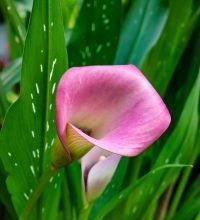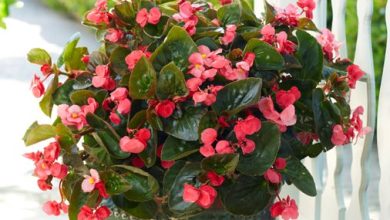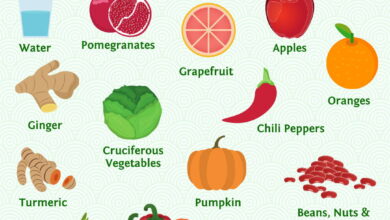Camellia cuttings: [Concept, Time, Rooting and Sowing]
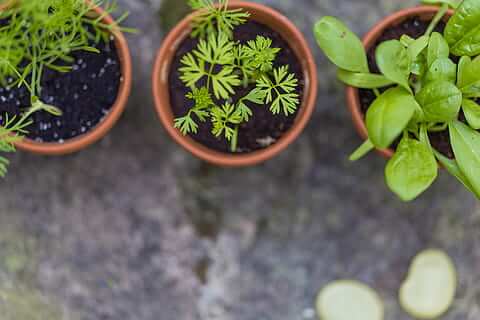
What does it mean to plant by cuttings?
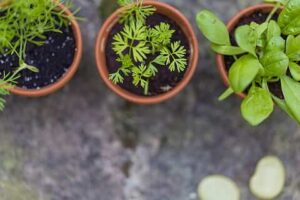 Planting by cuttings is a method of plant propagation by means of which a fragment of a mother plant is sown and a new one is generated with characteristics similar to the one that gave rise to it.
Planting by cuttings is a method of plant propagation by means of which a fragment of a mother plant is sown and a new one is generated with characteristics similar to the one that gave rise to it.
The cuttings can be from the stems, leaves, rhizomes and roots and are divided into: tender, juvenile, semi-mature, woody, bud, foliar and root.
The process of planting by cuttings is very useful for those plants that do not produce seeds or that produce a limited number of them. By sowing cuttings , a good number of plants can be multiplied from a single specimen: homogeneous and of good commercial quality.
The technique of planting by cuttings is widely used and recommended by horticulturists and is the favorite method of gardening enthusiasts because it is simple and easy to perform.
The camellia is a plant of the type shrubby reproduced easily and efficiency of multiplication depends on the method applied, the conditions of the mother plant of the culture and especially of the species to propagate.
What is the best time to plant camellia cuttings?
The best time to plant camellia cuttings depends on the place and climate where they are grown. In warm areas it is best to plant in the fall so that the plants become established before winter.
In contrast, in colder climates camellia cuttings will have a better chance of reproducing if planted in early spring. Nowadays and with modern breeding techniques, planting camellia cuttings can be done at any time of the year.
Specialists consider that the time of year in which the cutting is practiced is an important aspect for the success of the reproduction of camellia or any plant.
How to get camellia cuttings to root properly?
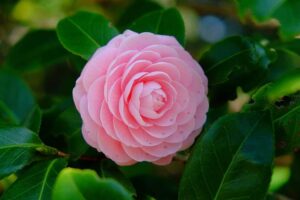 Camellia cuttings can root properly with the use of auxin-type regulators that accelerate their growth and increase the quality of the roots.
Camellia cuttings can root properly with the use of auxin-type regulators that accelerate their growth and increase the quality of the roots.
Camellia has a superficial rooting system so that the root system is not protected against extreme hot or cold conditions.
Temperature conditions must be kept constant so that the roots of the plant can develop properly. Camellia roots require porous soil with good drainage, but enough water retention to prevent the roots from drying out.
The degree of success of the rooting of camellia cuttings will depend on the conditions of the environment where the multiplication takes place:
- High relative humidity.
- Adequate substrate and air temperature .
- Good availability of air and water in the substrate.
- Air renewal that allows good gas exchange
- Correct lighting, but never direct sun.
How should we take the camellia cuttings to plant them?
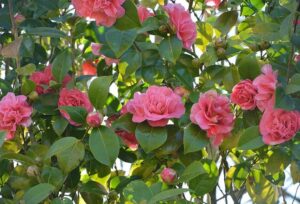 Camellia cuttings should be taken from plants that are healthy and vigorous.
Camellia cuttings should be taken from plants that are healthy and vigorous.
In the case of taking the cuttings that emerge from the surroundings of the camellia, it is recommended to do a deep watering of soaking the earth to loosen it.
It is recommended to remove the cuttings with your hands so as not to damage the mother plant or the fragment that is going to be used for sowing. It is important to obtain a cutting of 10 to 15 cm and between 2 to 5 leaves, keeping only the 2 upper leaves.
The lower end is cut in a bevel shape under a bud making a clean and wide cut to put as much cambium in contact with the substrate, facilitating rooting.
It is recommended to keep all garden tools used to take camellia cuttings sharp, clean and disinfected.
How long should we leave camellia cuttings in water?
It is not always possible to plant camellia immediately, so it is recommended to leave the cuttings in water for a few hours while preparing the substrate for cultivation.
This procedure is used primarily to prevent the camellia cuttings from becoming dehydrated and the tissues from recovering before planting.
Is it convenient to use compost or compost?
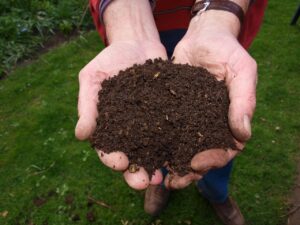 In their natural environment, camellias grow in soils with a high humus content (formed by the decomposition of organic matter).
In their natural environment, camellias grow in soils with a high humus content (formed by the decomposition of organic matter).
If the substrate or soil does not contain enough humus, a mixture of acid peat should be used, which will provide the slight acidity that camellia and beef manure require .
You can also use a light coconut fiber-based substrate with a little compost. Experts and horticulturists recommend the use of fertilizers rich in phosphorus , potassium , magnesium and iron .
It is also suggested to add a part of iron sulfate to the substrates for sowing camellia cuttings. Camellia requires fertilizer throughout the year but it is in winter when it needs it most because it is the time of its greatest flowering.
How long does it usually take for a camellia cutting to emerge?
Camellia is a plant that blooms in winter and during the flowering season it produces many flowers and when these wither it continues to produce new shoots.

![Photo of Nymph Care: [Soil, Moisture, Pruning and Problems]](https://www.complete-gardening.com/wp-content/uploads/2022/08/nymph-care-soil-moisture-pruning-and-problems-390x220.jpg)
